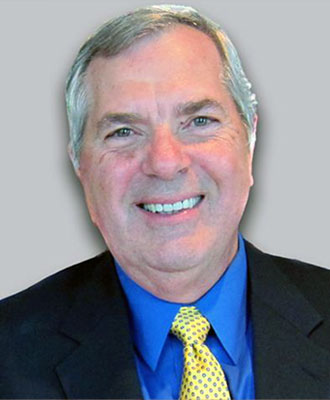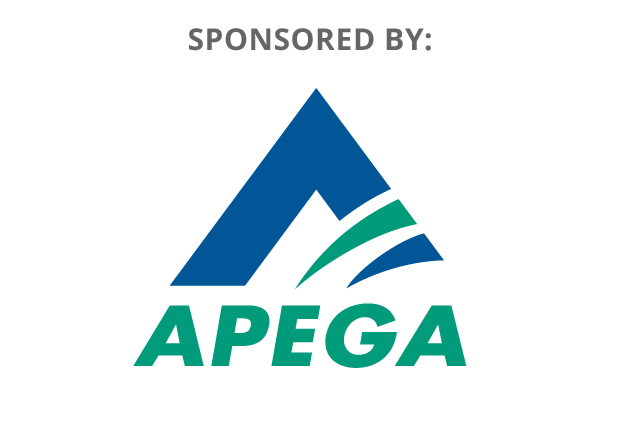Abstract
A seismic acquisition method that is successful in one area sometimes fails in another, and attempts to fix the problems in processing do not always work. The success in recent years with alternative acquisition schemes has shown the need for ongoing experimentation in acquisition design. However, in 3D seismology, the cost of performing controlled experiments with real data is prohibitive. Also, the time required to do so is excessive; and uncontrollable factors such as weather, currents, and exclusion zones that vary with time can have a large influence on the results. Therefore, instead of comparing multiple methods in the same area, the industry usually tries one thing in one area and another somewhere else. This is certainly a form of experimentation; however, because there are usually so many variables that are different from one area to another it is very difficult to determine the precise consequences of parameter changes. As a result, progress toward better methods is often very slow with this approach.
Seismic modeling provides an alternative means of performing controlled experiments. It allows acquisition and processing methods to be tested against known answers. When we use high-order, finite-difference methods and complex geologic structures for the modeling process, we can obtain very realistic synthetic seismic data. The great pace in the development of wide-azimuth towed streamer and OBS marine survey designs over the last half dozen years has largely been a result of seismic modeling efforts. Modeling methods and computing capability continue to evolve and where we could once do only acoustic modeling we can now do elastic, anisotropic modeling. This has made it possible to study realistic land problems. For example, the unconventional shale model recently developed by the SEG SEAM Phase II consortium contains numerically generated complex stratigraphy and will produce 3D, viscoelastic, anisotropic, shot records containing all the effects of a complex near surface.
Perhaps the most interesting aspects of complex modeling studies are the unexpected results. The most crucial requirement for successful modeling is to make sure the correct physics is contained in the model. Failure to do so can be confusing and frustrating. This lecture will cover the use of seismic modeling to study current problems of interest to the industry and will show a number of these unexpected results. Things such as the effectiveness of cross-spread filtering for coherent noise suppression, the importance of adequate wavefield sampling at the receiver, the effects of offset and azimuth coverage on image quality, the effects of rugose salt surfaces and salt inclusions on subsalt imaging, point receivers versus arrays, and the effect of SNR on sampling requirements can all be studied using modeling. The results are often surprising.
Biography
Carl Regone received BS and MS degrees in mathematics and physics from Virginia Tech and Case Western Reserve University and, after working briefly in the defense industry on guided missile technology, he joined the oil industry as a geophysicist. He worked for four years in processing and interpretation, first for Amoco in New Orleans and then with the USGS in Washington, D.C. He then rejoined Amoco at their research center in Tulsa, Oklahoma, where he spent 20 years working on seismic acquisition and imaging problems, primarily focusing on land seismology. For many years he had the luxury of working with Amoco's research seismic crew and he consulted on seismic data quality problems worldwide for Amoco. An 18-month assignment in London during that period brought exposure to interesting acquisition and imaging problems in Europe and West Africa. During all that time, Carl made use of Amoco's finite-difference modeling capability to augment real field experiments. With the Amoco merger with BP in 1999, Carl moved to Houston and began to concentrate on deep-water subsalt imaging problems. Modeling work during that period resulted in the development of the wide-azimuth towed-streamer methods for which Carl (along with John Etgen) was awarded the 2008 SEG Virgil Kauffman Gold Medal.
Carl has published and presented widely and has served as an Associate Editor of Geophysics. He retired from BP in 2008 and now works nearly full time as a contractor with them. Recently, Carl has been focusing again on land problems and was the primary builder of the unconventional shale model for the SEG SEAM Phase II consortium.






